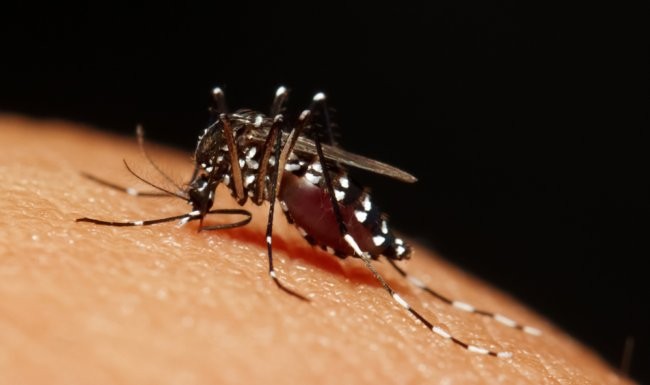- Abstract: Malaria still has in Kenya a high mortality and morbidity rate; this is coupled with rising resistance levels to the new standard drug Coartem in several South Asian countries, according to WHO reports. Homeopathy can be considered a form of individualized immune therapy and as such it deserves a place next to treatments focused at the microorganisms themselves. These factors require scientific evidence that may support its application in endemic diseases.
- We have developed a research line that comprises both qualitative and quantitative aspects of homeopathic management of malaria patients. The first two studies have been conducted in 2014, the third in 2015. Aims: The assessment of homeopathically treated patients in several rural health care settings. This involves treatment of malaria in homeopathic clinics where comorbidity is also treated. The documentation of individualized homeopathy within homeopathic clinics, not an isolated study in a context where homeopathy usually not is applied.
- Material and Methods: 1. In a retrospective design in one clinic, the 2013-2014 rain season, a group of 54 malaria patients were assessed for classical malaria symptoms, homeopathic case taking, laboratory tests and prescription strategies. 2. The prospective study in three clinics assessed the 2014 March – June rain season patients for the effect of homeopathic individual treatment. 86 patients were assessed and 69 completed follow up. All but one who returned for follow-up were negative for parasites. A drop-out analysis was made, indicating logistics as the main cause. 3. In 2015 a comparative study is being conducted between the effectiveness of homeopathy and the standard treatment of Coartem. Dependent variables are parasite conversion and quality of life. Both homeopathic and government clinic patients are participating; until now 50 cases from both groups have been confirmed negative for malaria parasites. 4. Pooled results from the three studies shall be analyzed using principal component analysis, for correlation of patterns of affected organs and prescribed remedies.
- Publication of results: Results will be published in peer-reviewed journals in 2015.





